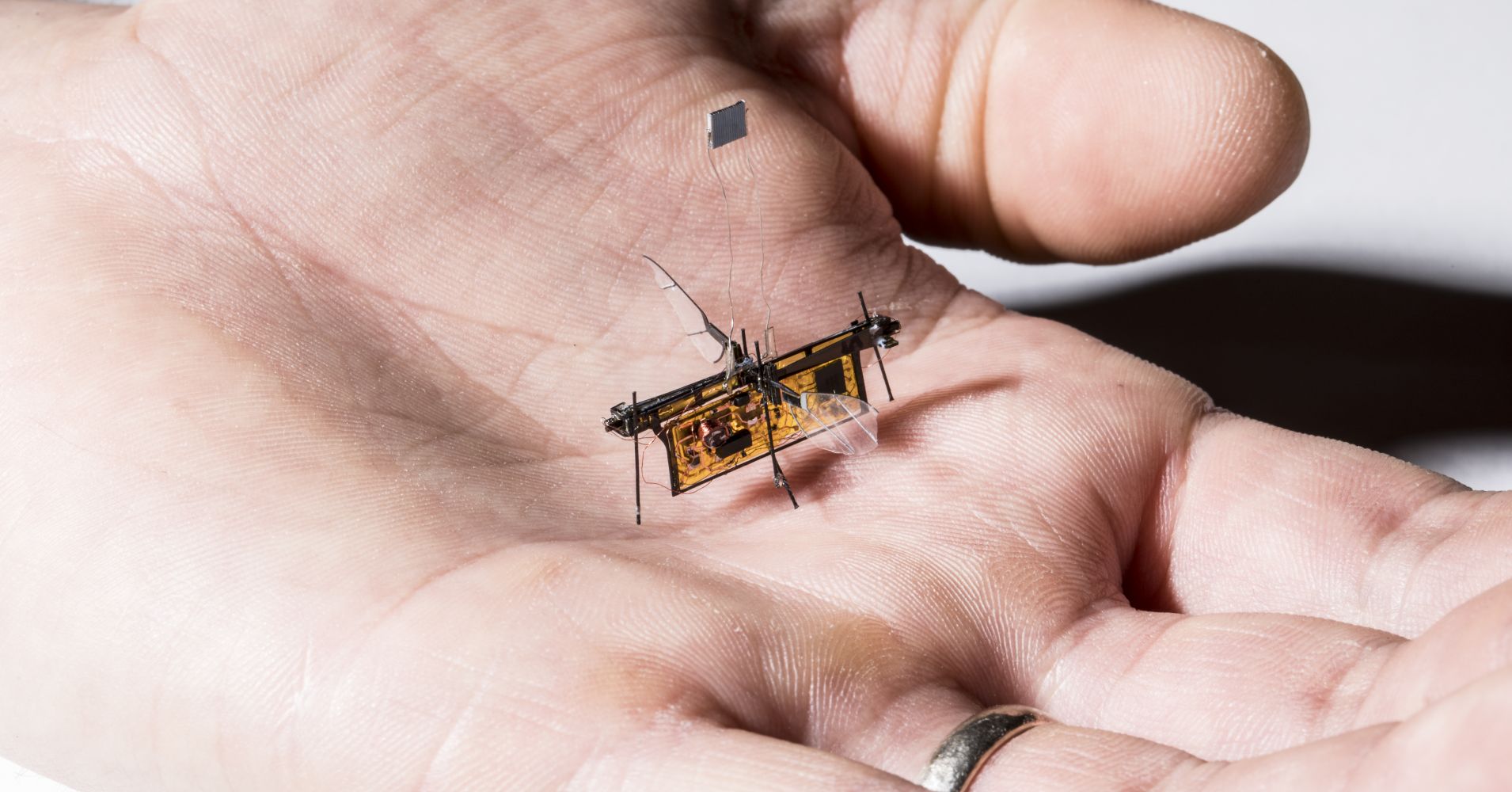The end of guerrilla warfare has led to an increase in woodland conflagrations and deforestation.
- By Emiliano Rodríguez Mega on November 26, 2018

The end of guerrilla warfare has led to an increase in woodland conflagrations and deforestation.

It’s imperative that Humanity understands the reality of warfare in these times when advanced and secret technologies are used against us on a daily basis.
From WiFi and cell phone frequencies to televisions and microwave ovens on up to the most exotic sonic weapons—it’s all disruptive and even lethal to the Human body and mind.
Because these weapons are silent and invisible, the war-loving aspects of society have been able to experiment with these methods for decades but the time for secrecy and these covert attacks on the life on our planet has come to an end.
What harm does it do? We can see the carnage if we will just look. Whales and dolphins washing up by the hundreds on beaches, bleeding from their ears, flocks of birds falling from the sky with no outward trauma, multiple forms of cancer rampant… it’s endless.

The U.S. military is investing billions of dollars each year in developing autonomous technologies that could enable planes, helicopters and drones to fly into some of the world’s most dangerous places, without a human pilot.
AI-empowered systems may soon allow autonomous flying machines to reduce the number of pilots and soldiers working in high-risk environments. Could these flying robots also be firing weapons? WSJ’s Jason Bellini reports, in the latest episode of Moving Upstream.
The write up provides few sources but the phone interview with Mitchell on Fox News is good…
The Sixth Man to walk on the Moon – Edgar Mitchell made fainting claims about alien life when he stated that the existence of the alien visitors is kept a secret from the public, not due to fear of widespread disbelief, rather, a fear that the monetized interests of big business could go into a state of irrelevance if we were given a chance to harbor the technology.
According to reports, Edgar Mitchell, the sixth man to set foot on the surface of the moon disclosed details about alien life and their presence on Earth which much considered ludicrous.
However, these claims are not coming from someone without any solid backgrounds. Edgar Mitchell has a very solid history behind him. The Former NASA astronaut graduated from the Carnegie Institute of Technology in 1952, with a degree in Industrial Management. He continued his studies while serving in the US Navy where he managed to combine his military career with improved education, studying another bachelors degree in Aeronautical Engineering within the naval postgraduate school in 1961.

Bullets that never miss, super soldiers with extreme strength and robot warriors capable of rising up against humans may sound like the stuff of science fiction… but the truth is that they have all already been developed.
A top-secret US government body called the Defense Advanced Research Projects Agency (DARPA) is behind these space-age innovations, which it has developed as part of its mission to revolutionize the way America fights the wars of the future. (Just think of Q’s lab in James Bond, but for the US army).
Ever since it was established in 1958, DARPA has been the subject of conspiracy theories claiming — among other things — that the agency was covering up UFO landings, trying to develop mind control and working on Earth-shattering super-weapons like death rays.

With the rapid advances in drone technology spanning the 20th century, it should come as no surprise that miniature flying robots are on the horizon: Between now and 2020, Goldman Sachs’ forecasts a $100 billion market opportunity for drones, helped by growing demand from the commercial and civil government sectors.
What is surprising is that it has taken researchers more than two decades to finally come up with a fully autonomous version. That’s because the electronics needed to power and control the wings were so heavy that, until now, flying robotic insects had to be tethered to a wire attached to an external power source.
Yet a team of engineers at the University of Washington, led by assistant professor Sawyer Fuller, were able to figure it out. Relying on funding from UW, they created RoboFly, a robo-insect powered by an invisible laser beam that is pointed at a photovoltaic cell, which is attached above the robot and converts the laser light into enough electricity to operate its wings.


China’s aerospace industry has traditionally been the domain of state-owned institutes and enterprises, but a huge amount of investment has poured into the private sector since 2015 when Beijing announced a national strategy to integrate military and civilian businesses.
Landspace Tech’s ZQ-1 took off from Jiuquan Satellite Launch Centre at 4pm on Saturday carrying a small satellite for state broadcaster CCTVMission failed due to problem with rocket’s third stage, company says.

The study, which appears in the Journal of Applied Research in Memory and Cognition, suggests that the inability to detect false information is related to a failure to be actively open-minded.
New research provides evidence that delusion-prone individuals, dogmatic individuals, and religious fundamentalists are more likely to believe fake news. The study, which appears in the Journal of Applied Research in Memory and Cognition, suggests that the inability to detect false information is related to a failure to be actively open-minded.
The rise of online social media has led to growing concerns about the spread of unsubstantiated rumors, misleading political propaganda, and blatantly false articles designed to create viral web traffic. Even the U.S. Army has become involved in efforts to understand and combat disinformation in cyberspace.
“Our interest in fake news is grounded in a general interest in understanding the common experience of believing things that are not true,” explained study author Michael V. Bronstein of Yale University.

This article is the latest addition to the U.S. Army TRADOC G2 Mad Scientist Initiative’s Future of Warfare 2030–2050 project at Small Wars Journal. Based on ideas developed in the SciTech Futures Technology Foresight Game: Bioconvergence and the Soldier of 2050, which was conducted by the University of Southern California’s Institute for Creative Technologies. Supported by the SciTech Futures Technology Effort under the office of the Deputy Assistant Secretary of the Army (Research & Technology). The views and opinions of authors expressed herein do not necessarily state or reflect official views or policies of the United States Army.
THE YEAR IS 2042…
The US and its remaining NATO allies are engaged in a limited war with the Mektigfolk, an ultra-nationalist techno-state that emerged from northern Europe during the reactionary upheavals that swept the continent in 2026.